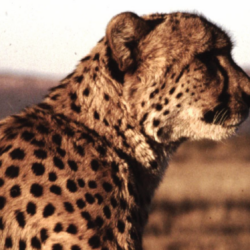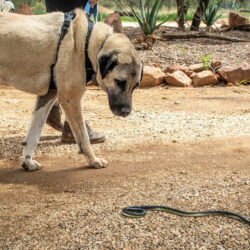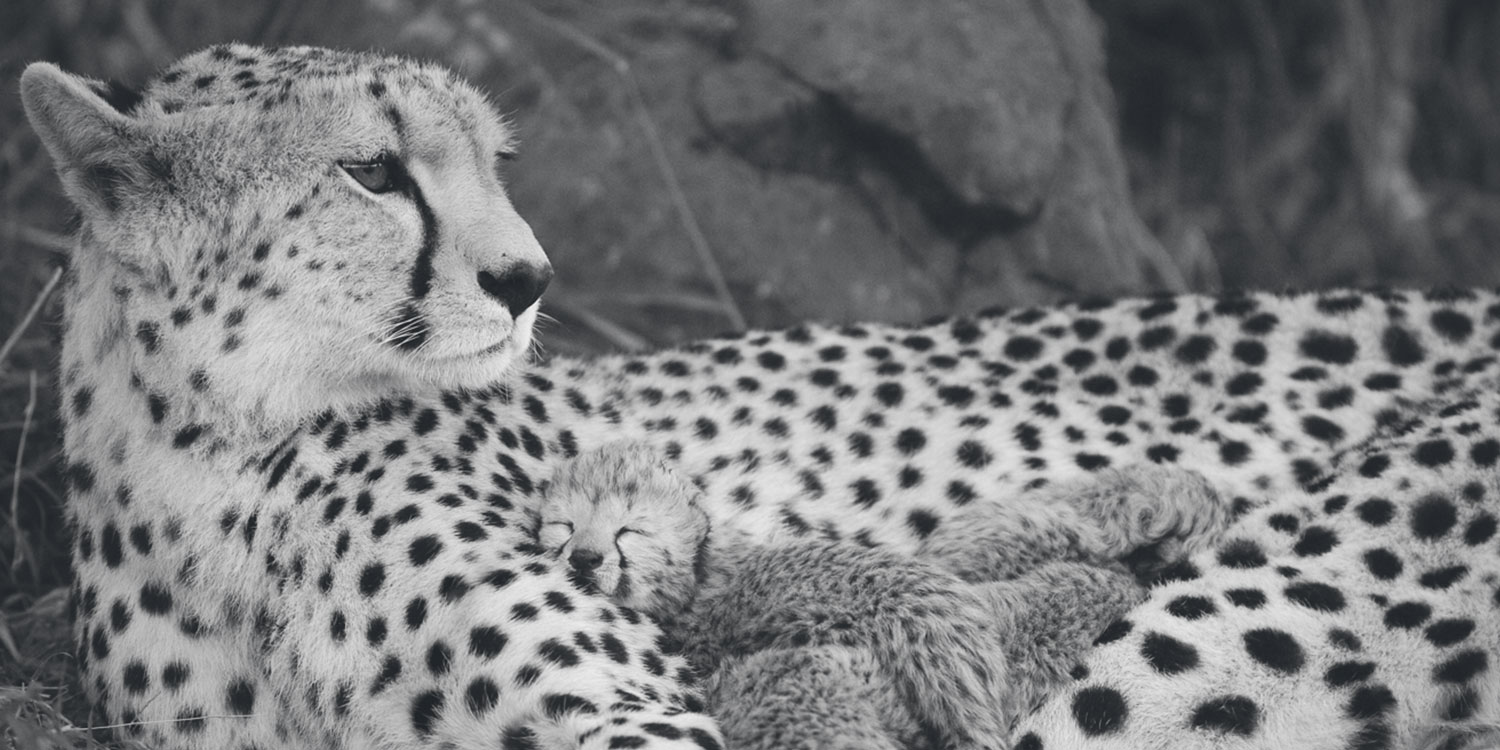Citizen Scientists Needed!
-
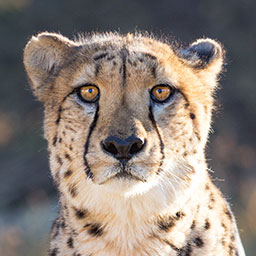
- by Dan Beringer October 8, 2017
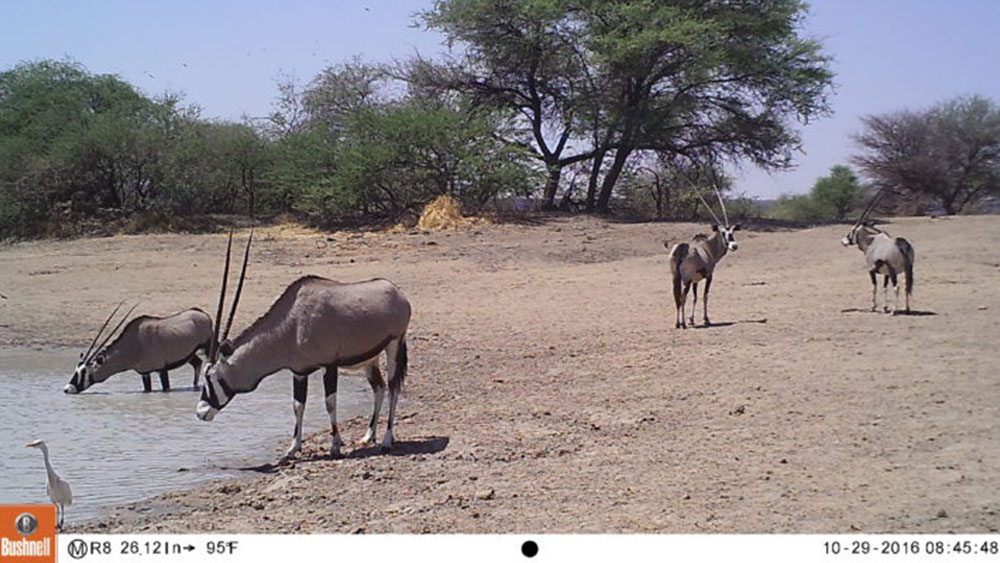
I recently completed a volunteering visit to the Cheetah Conservation Fund campus in Namibia, where I spent time helping with the day-to-day chores needed to run such a busy research facility. My daily tasks included: helping to clean up the pens for the orphan African wild dogs, feeding CCF’s resident cheetahs, and hosting tourists at the new Cheetah View Lodge. It’s never boring at the Cheetah Capital of the World.
After talking with CCF’s ecology manager, Dr. Stephanie Periquet, and Dr. Laurie Marker about the camera trap research project being conducted by CCF staff within the Greater Waterberg Landscape, one problem really stood out: the forty camera traps in the field were producing animal photos – LOTS of photos. These photos need to be sorted by species to start becoming useful data for the researchers, and this is much of what several staff members and all the volunteers were doing. And the number of photos, 1.2 million and growing, is simply too many to be processed at CCF alone.
The solution was obvious: Citizen Science. Citizen Science is an idea where many members of the public come together and use the power of the internet to help advance a scientific project. The goal is to advance knowledge – to help solve problems. Examples abound on the web, including counting birds migrating through a region, examining craters on mars, and yes, for looking at photos to identify animals.
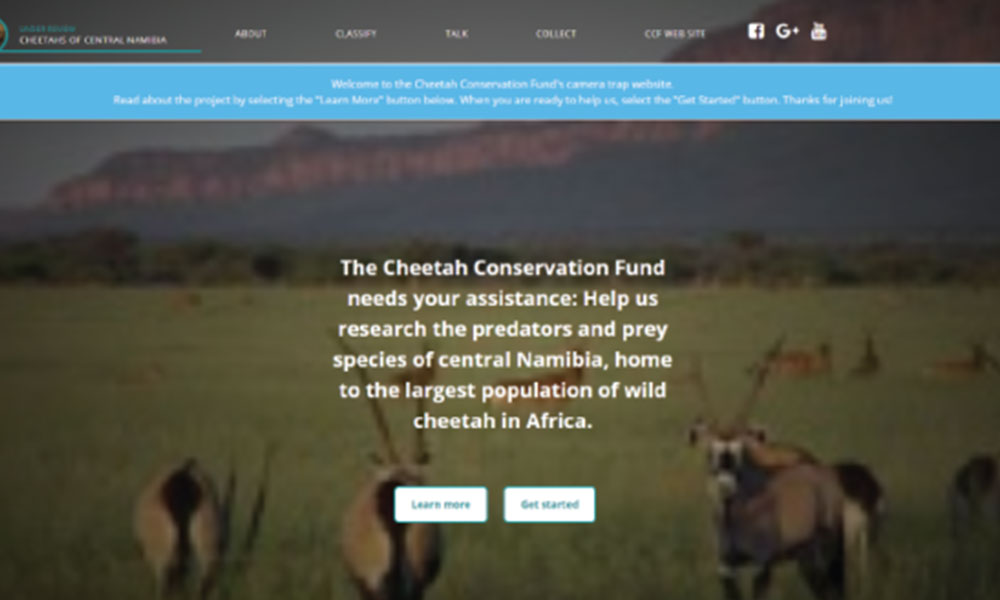
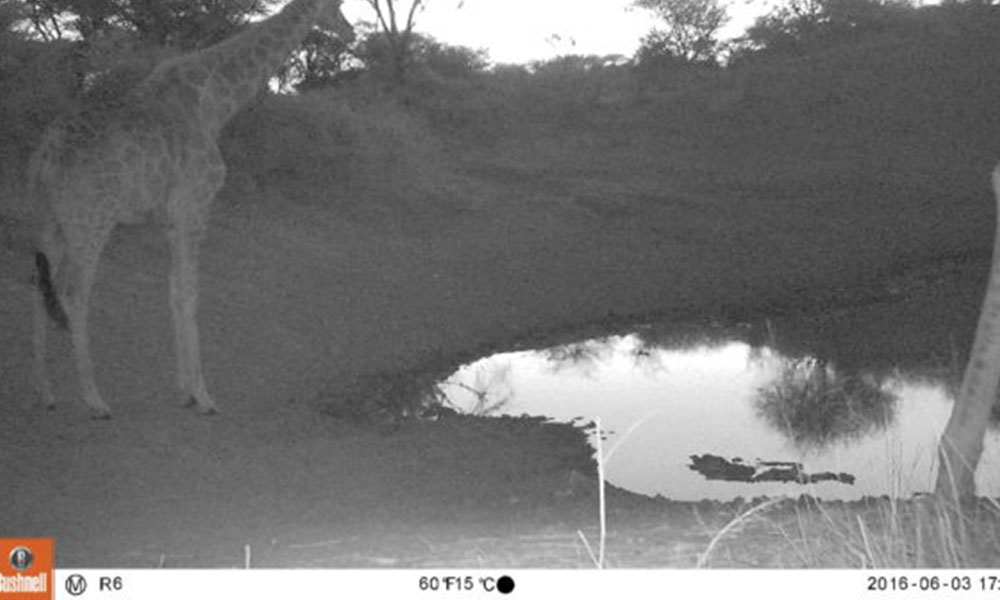
I recently completed a volunteering visit to the Cheetah Conservation Fund campus in Namibia, where I spent time helping with the day-to-day chores needed to run such a busy research facility. My daily tasks included: helping to clean up the pens for the orphan African wild dogs, feeding CCF’s resident cheetahs, and hosting tourists at the new Cheetah View Lodge. It’s never boring at the Cheetah Capital of the World.
After talking with CCF’s ecology manager, Dr. Stephanie Periquet, and Dr. Laurie Marker about the camera trap research project being conducted by CCF staff within the Greater Waterberg Landscape, one problem really stood out: the forty camera traps in the field were producing animal photos – LOTS of photos. These photos need to be sorted by species to start becoming useful data for the researchers, and this is much of what several staff members and all the volunteers were doing. And the number of photos, 1.2 million and growing, is simply too many to be processed at CCF alone.
The solution was obvious: Citizen Science. Citizen Science is an idea where many members of the public come together and use the power of the internet to help advance a scientific project. The goal is to advance knowledge – to help solve problems. Examples abound on the web, including counting birds migrating through a region, examining craters on mars, and yes, for looking at photos to identify animals.
Upon returning to the US, I investigated a few options and eventually chose the zooniverse.org platform to implement a Citizen Science project website specifically for CCF. After receiving a disk drive with the 4 terabytes of data from Stephanie and spending a couple of weeks of implementation, the site was ready to launch.
CCF has photos from waterholes, fields, and known cheetah play trees – from all over the Greater Waterberg Landscape. It’s vital that the species living in the landscape are identified. Because, as Dr. Marker is well-known to say, “If we are going to save the cheetah, we need to understand their habit more clearly.”
The CCF is hoping that you too can be a citizen scientist.
Register and then read the “Learn More” and “Tutorial”. With a bit of practice, you will be helping CCF researchers turn photos into data and helping to save this vital cheetah habitat.
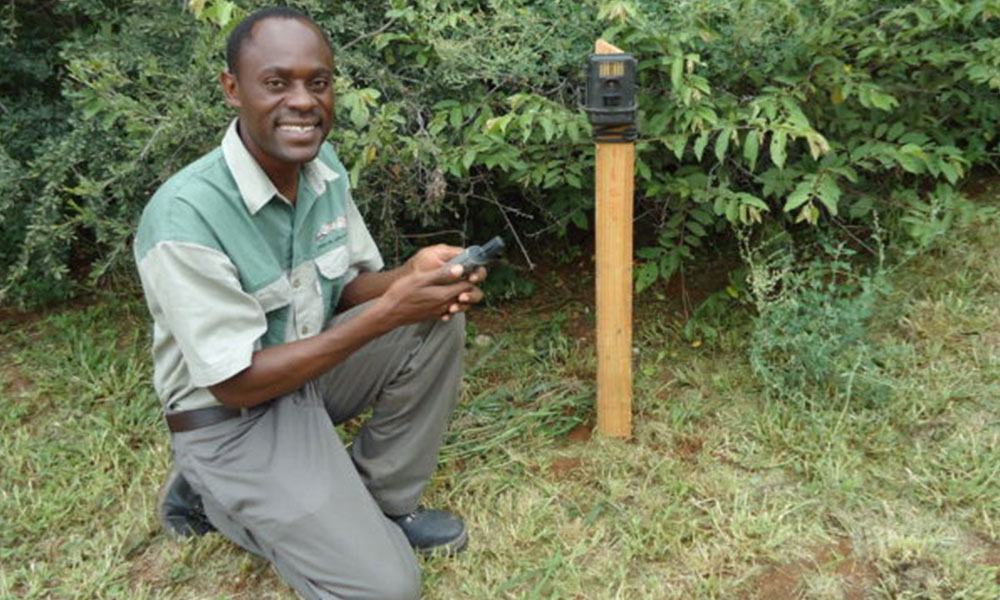
A camera trap is rugged camera meant for deployment for long periods at locations where researchers need information. There are many different kinds, but most share a few basic capabilities:
- a digital camera with an infra-red trigger (similar to the trigger that turns on a driveway light or opens an automatic door)
- a small SIM card to store the photos
- a battery
- a weather-proof housing. Day or night, good weather or bad, a camera trap takes a digital picture of any animal that wanders within range.
Regularly, the researchers re-visit the location to swap out the battery and the all-important SIM card and returns to a computer to examine the images.
Related Reading
-
December 4, 2024
Double Your Donation for the Cheetah -
June 15, 2024
Snake Aversion Training


